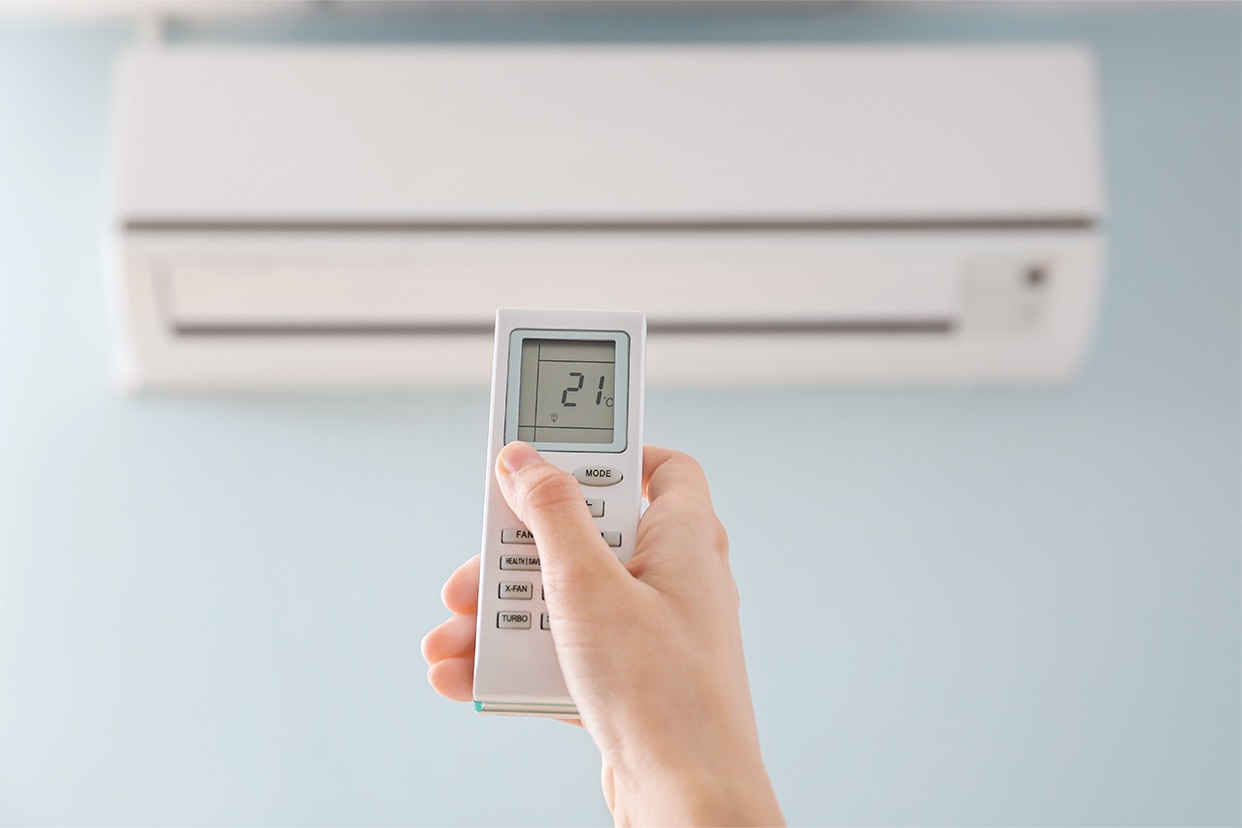

Articles
What To Set AC To When Away
Modified: February 27, 2024
Discover the ideal AC temperature settings when you're away from home. Read our informative articles for tips and advice on energy efficiency and cost savings.
(Many of the links in this article redirect to a specific reviewed product. Your purchase of these products through affiliate links helps to generate commission for Storables.com, at no extra cost. Learn more)
Introduction
Welcome to the world of energy-efficient air conditioning! When it comes to keeping your home cool and comfortable, finding the right temperature settings is crucial. But what happens when you’re away from home? Should you leave your air conditioning running all day, or turn it off completely?
This article will guide you through the optimal AC temperature settings when you’re away from home, offering energy-saving tips and practical advice. By following our recommendations, you can not only reduce your energy consumption but also lower your utility bills.
We all want to come back to a cool and refreshing home after a long day out. However, it’s also important to minimize energy waste and reduce our carbon footprint. Finding the right balance between comfort and efficiency is key, and that’s exactly what we’ll explore in the following sections.
Key Takeaways:
- Optimize your AC efficiency by setting the temperature to 78°F when away, using programmable thermostats, and implementing energy-saving tips to reduce energy consumption and save money.
- Enhance your AC efficiency further by keeping your unit shaded, utilizing natural ventilation, and performing regular maintenance to create a comfortable and sustainable living environment while minimizing energy waste.
Why It Matters
You may be wondering why it’s so important to consider AC temperature settings when you’re away from home. Well, the answer lies in energy conservation and cost savings.
When you leave your air conditioning running at full blast while you’re not there, you’re essentially wasting energy and increasing your utility bills. The AC unit continues to expend energy to maintain a cool temperature, even though no one is benefiting from it. This not only puts a strain on the environment but also drains your wallet.
By adjusting the AC temperature when you’re away, you can significantly reduce your energy consumption and contribute to a greener planet. Additionally, you’ll see a noticeable decrease in your energy bills, allowing you to save some extra cash.
But energy conservation and cost savings aren’t the only reasons why it matters. By optimizing your AC temperature settings, you also play a role in extending the lifespan of your air conditioning unit and reducing the frequency of repairs. When AC units run tirelessly, they experience wear and tear, which can lead to breakdowns and costly repairs. So, by allowing your AC to rest when you’re away, you’re actually prolonging its lifespan and ensuring its efficient operation when you need it most.
Lastly, let’s not forget about the impact of excessive energy consumption on the environment. Cooling our homes accounts for a significant portion of our energy usage, and if we can all make small adjustments, such as adjusting our AC temperature settings, the collective impact will be substantial. By reducing our carbon footprint, we are contributing to a more sustainable future for generations to come.
Now that we understand why it matters, let’s move on to some practical tips on how to set your AC temperature when you’re away from home.
Energy Saving Tips
When it comes to saving energy and reducing your carbon footprint, every little effort counts. Here are some energy-saving tips to consider:
- Seal your home: Ensure that your windows and doors are well-insulated and properly sealed. This prevents cool air from escaping and hot air from entering, keeping your home at a more stable temperature.
- Use ceiling fans: Ceiling fans can help circulate the air in your home, making it feel cooler without overworking your AC unit. Remember to turn off the fans when you leave the room.
- Utilize natural ventilation: Open windows and doors in the evenings or early mornings when the weather is cooler. This allows fresh air to flow through your home and provides natural cooling.
- Keep blinds and curtains closed: Block out the heat from the sun by closing blinds and curtains during the day. This helps maintain a cooler indoor temperature and reduces the strain on your AC.
- Avoid heat-generating appliances: During the hottest hours of the day, try to minimize the use of heat-generating appliances such as ovens, stoves, and dryers. Opt for microwave cooking or grilling outdoors instead.
- Use energy-efficient lighting: Replace traditional incandescent bulbs with energy-saving LED lights. Not only do they use less energy, but they also produce less heat, reducing the load on your AC.
- Regular AC maintenance: Keep your AC unit in top shape by scheduling regular maintenance. This includes cleaning or replacing filters, checking refrigerant levels, and ensuring proper airflow.
By implementing these energy-saving tips, you can reduce your overall energy consumption and create a more sustainable living environment. Now, let’s explore how to set your AC temperature when you’re away from home.
How to Set Your AC Temperature When Away
Setting your AC temperature appropriately when you’re away from home can help you save energy and money. Here are some steps to follow:
- Find the ideal temperature: Determine the temperature that provides a balance between energy efficiency and comfort. According to the U.S. Department of Energy, setting your thermostat to 78°F (26°C) is recommended for a cool and comfortable environment.
- Adjust the temperature gradually: Rather than turning off your AC completely, consider gradually raising the temperature by a few degrees when you’re away. This prevents your home from getting too hot and makes it easier for your AC to cool it down once you return.
- Programmable thermostat: If you have a programmable thermostat, take advantage of its features. Set different temperature schedules based on your daily routine. For example, you can program the AC to be at a higher temperature during working hours and bring it back to a comfortable level before you arrive home.
- Use smart technology: Consider investing in a smart thermostat that can be controlled remotely using your smartphone. This allows you to adjust the temperature even when you’re not at home, ensuring that it’s comfortable when you return.
- Utilize vacation mode: Many modern thermostats have a vacation or away mode specifically designed for when you’re not at home for an extended period. This mode sets the temperature higher than usual to save energy while maintaining a safe and stable environment in your home.
- Experiment and monitor: Don’t be afraid to experiment with different temperature settings and observe the impact on your energy consumption. Keep an eye on your utility bills to see how your adjustments affect your overall energy usage.
By following these steps and setting your AC temperature wisely when you’re away, you can achieve a comfortable living environment while minimizing energy waste and saving money.
Next, let’s explore the benefits of using programmable thermostats to optimize your AC efficiency.
Set your AC to around 85°F when away to save energy. This will prevent your home from getting too hot while still reducing energy usage.
Using Programmable Thermostats
Programmable thermostats offer a convenient and efficient way to manage your AC temperature settings, even when you’re away from home. Here’s how you can leverage these smart devices to optimize your AC efficiency:
1. Set temperature schedules: Programmable thermostats allow you to create customized schedules for different times of the day. You can program the thermostat to automatically adjust the temperature based on your daily routine, ensuring that your home is comfortable when you’re there and energy-saving when you’re not.
2. Utilize setback or away mode: Most programmable thermostats have a setback or away mode specifically designed for when you’re away from home. This feature raises the temperature by a few degrees during your absence, reducing energy consumption without sacrificing your comfort.
3. Remote access: With smart programmable thermostats, you can control and monitor your AC settings through your smartphone or other devices, no matter where you are. This allows you to make adjustments to your AC temperature remotely, ensuring that your home is at an optimal temperature when you arrive.
4. Zone control: If your home has multiple zones or rooms, programmable thermostats with zone control capabilities can be a game-changer. You can set different temperature preferences for each zone, optimizing energy usage and comfort based on individual needs.
5. Learning capabilities: Some advanced programmable thermostats come with learning capabilities that adapt to your preferences over time. They observe your behavior and adjust the temperature settings accordingly, taking away the hassle of manual programming.
By installing a programmable thermostat and utilizing its features effectively, you can maximize your AC efficiency, minimize energy waste, and enjoy greater control over your home’s temperature, even when you’re away.
Now, let’s delve into some additional tips to enhance your AC efficiency further and save energy.
Read more: How To Give Away Centerpieces At A Party
Additional Tips for AC Efficiency
To further improve your AC efficiency and save energy, consider implementing these additional tips:
- Keep your AC unit shaded: If possible, provide shade for your outdoor AC unit. Direct sunlight can increase the temperature of the unit and put additional strain on it, reducing its efficiency. Plant trees or install awnings to shield the unit from the sun.
- Regularly clean or replace air filters: Dirty air filters restrict airflow and reduce your AC’s efficiency. Clean or replace them regularly to ensure proper airflow and maximize cooling efficiency. This also helps to improve indoor air quality.
- Keep vents clear and unobstructed: Ensure that furniture, curtains, or other objects do not block the vents. Obstructed vents hinder the airflow and force your AC to work harder to cool your home.
- Utilize natural ventilation during mild weather: Open windows and doors during cooler days or in the evenings when the temperature drops. Take advantage of natural breezes to cool your home instead of solely relying on your AC.
- Insulate your home: Proper insulation in your home helps to maintain a steady indoor temperature. Well-insulated walls, roofs, and windows prevent heat transfer, keeping your home cooler and reducing the workload on your AC.
- Perform regular maintenance: Schedule annual maintenance for your AC unit, including cleaning coils, checking refrigerant levels, and inspecting the ductwork. Regular maintenance helps keep your AC running efficiently and identifies any potential issues before they become costly problems.
- Consider energy-efficient upgrades: If your AC unit is old and outdated, it may be worth investing in a newer, more energy-efficient model. Look for units with a higher SEER rating (Seasonal Energy Efficiency Ratio) to ensure optimal performance and energy savings.
- Use blinds or curtains strategically: During hot sunny days, close the blinds or curtains on windows that face direct sunlight. This prevents heat gain and reduces the workload on your AC to cool the room.
- Encourage airflow: Use fans to help circulate cool air throughout your home. Ceiling fans or portable fans can help distribute cool air efficiently, allowing you to set your AC temperature higher without sacrificing comfort.
By implementing these additional tips, you can further increase your AC efficiency, reduce energy consumption, and create a more comfortable and sustainable living environment.
Before we conclude, let’s summarize the key points discussed so far.
Conclusion
Setting your AC temperature appropriately when you’re away from home is essential for both energy conservation and cost savings. By following the tips and recommendations outlined in this article, you can optimize your AC efficiency and create a more comfortable living environment while minimizing energy waste.
Remember to adjust the temperature gradually when you’re away and utilize programmable thermostats to create custom schedules that align with your daily routine. Take advantage of smart technology and remote access features to control your AC temperature even when you’re not at home.
In addition to setting the right AC temperature, implementing energy-saving practices such as sealing your home, using ceiling fans, and utilizing natural ventilation can also contribute to significant energy savings and reduce your carbon footprint.
Regular maintenance, proper insulation, and upgrading to energy-efficient models are also crucial steps in maximizing AC efficiency and reducing energy consumption. Don’t forget to clean or replace air filters regularly, keep vents unobstructed, and utilize blinds or curtains strategically to block out heat from the sun.
Overall, by adopting these energy-saving practices and making mindful adjustments to your AC settings, you can not only save on utility bills but also contribute to a more sustainable future for our planet.
So, the next time you’re away from home, take a moment to consider your AC temperature settings and make the necessary adjustments. Your wallet and the environment will thank you!
Frequently Asked Questions about What To Set AC To When Away
Was this page helpful?
At Storables.com, we guarantee accurate and reliable information. Our content, validated by Expert Board Contributors, is crafted following stringent Editorial Policies. We're committed to providing you with well-researched, expert-backed insights for all your informational needs.
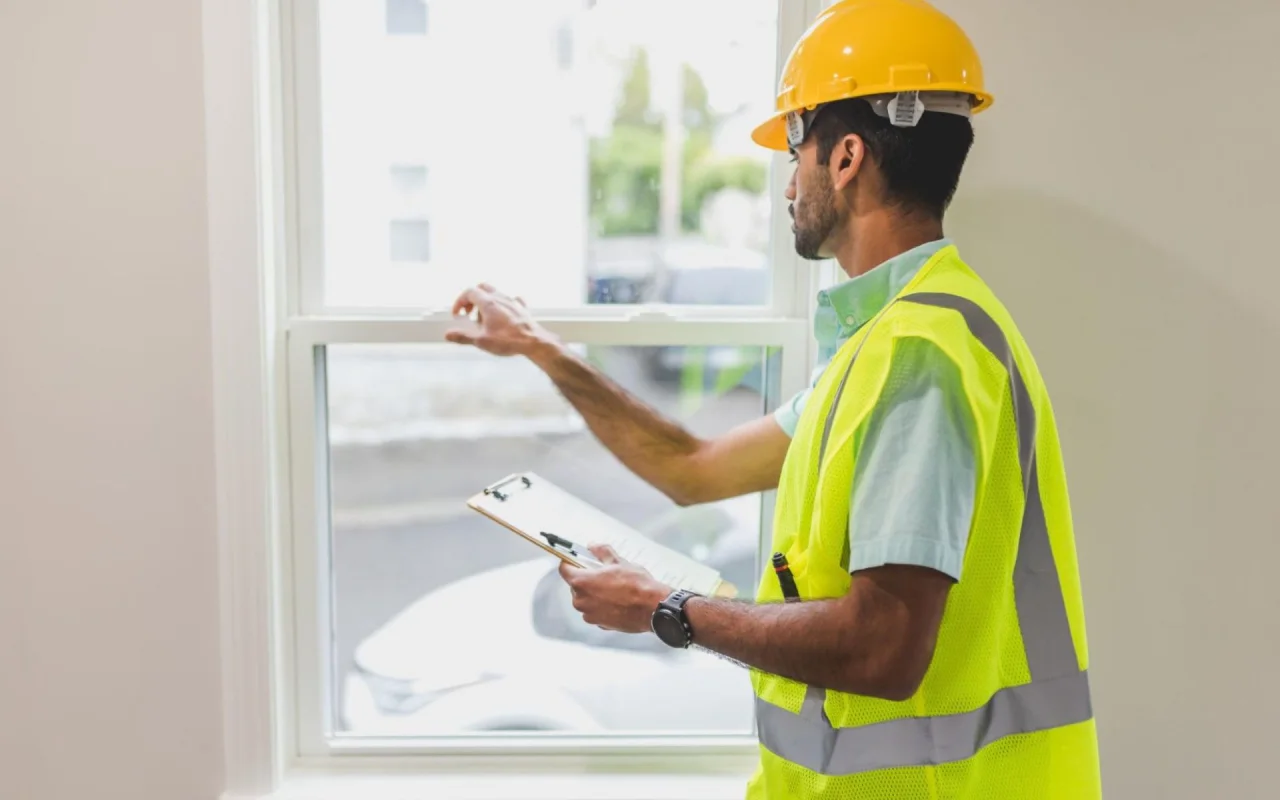

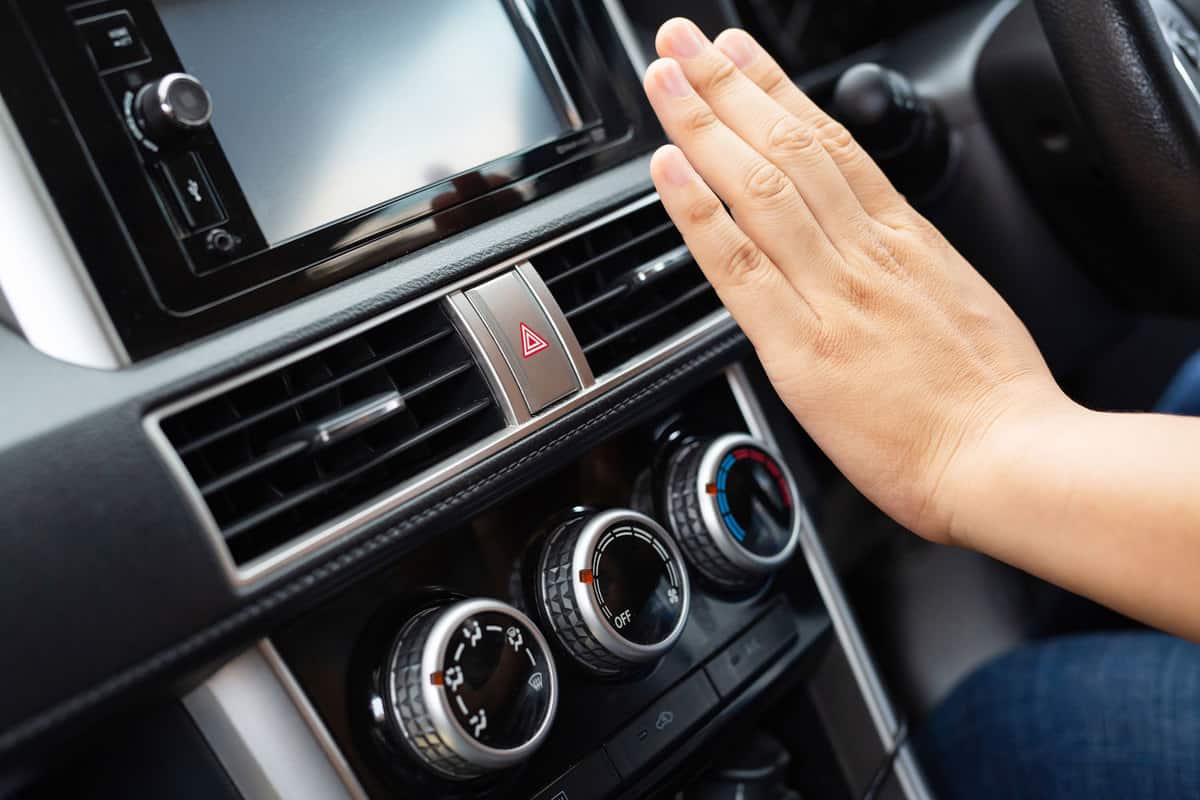
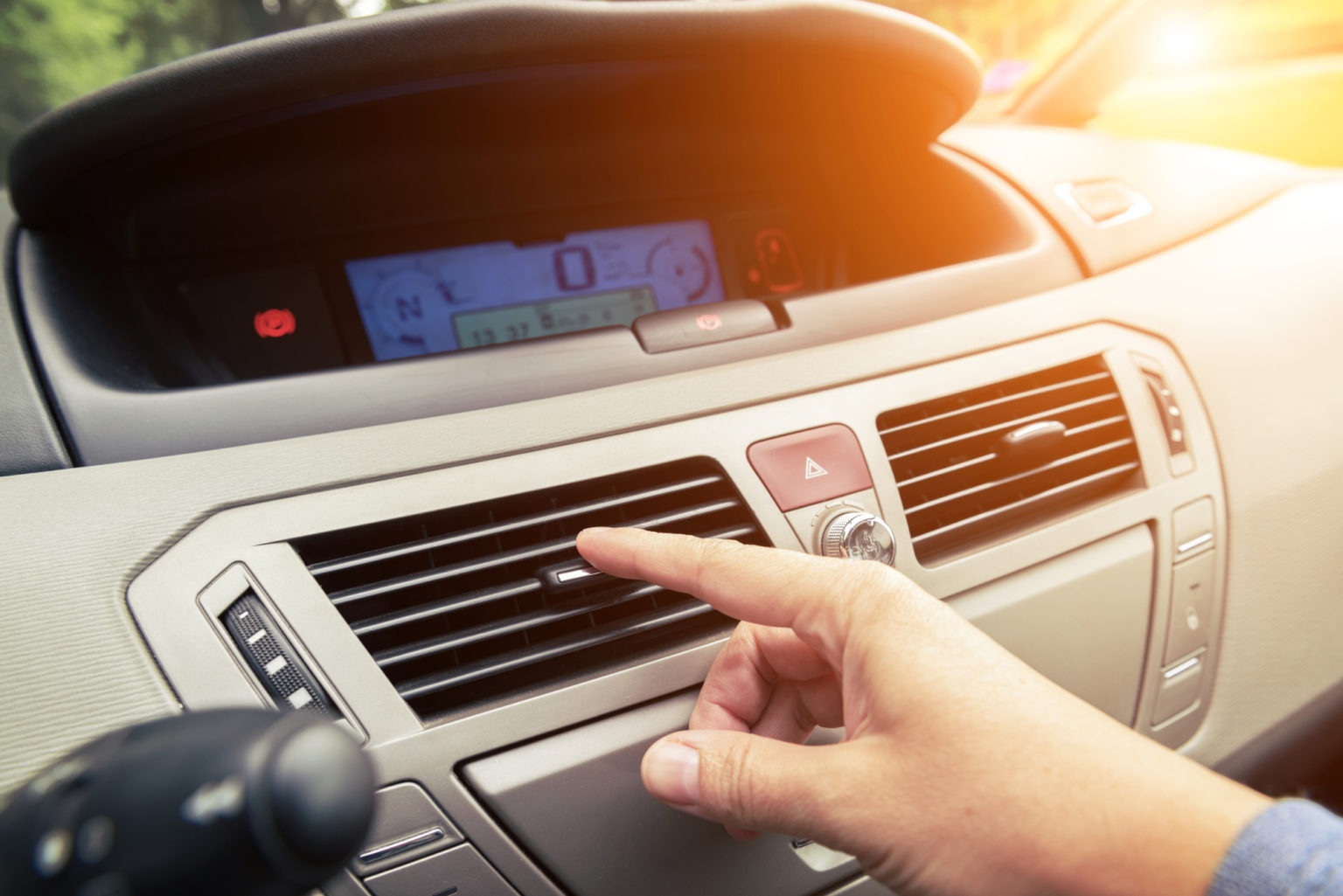
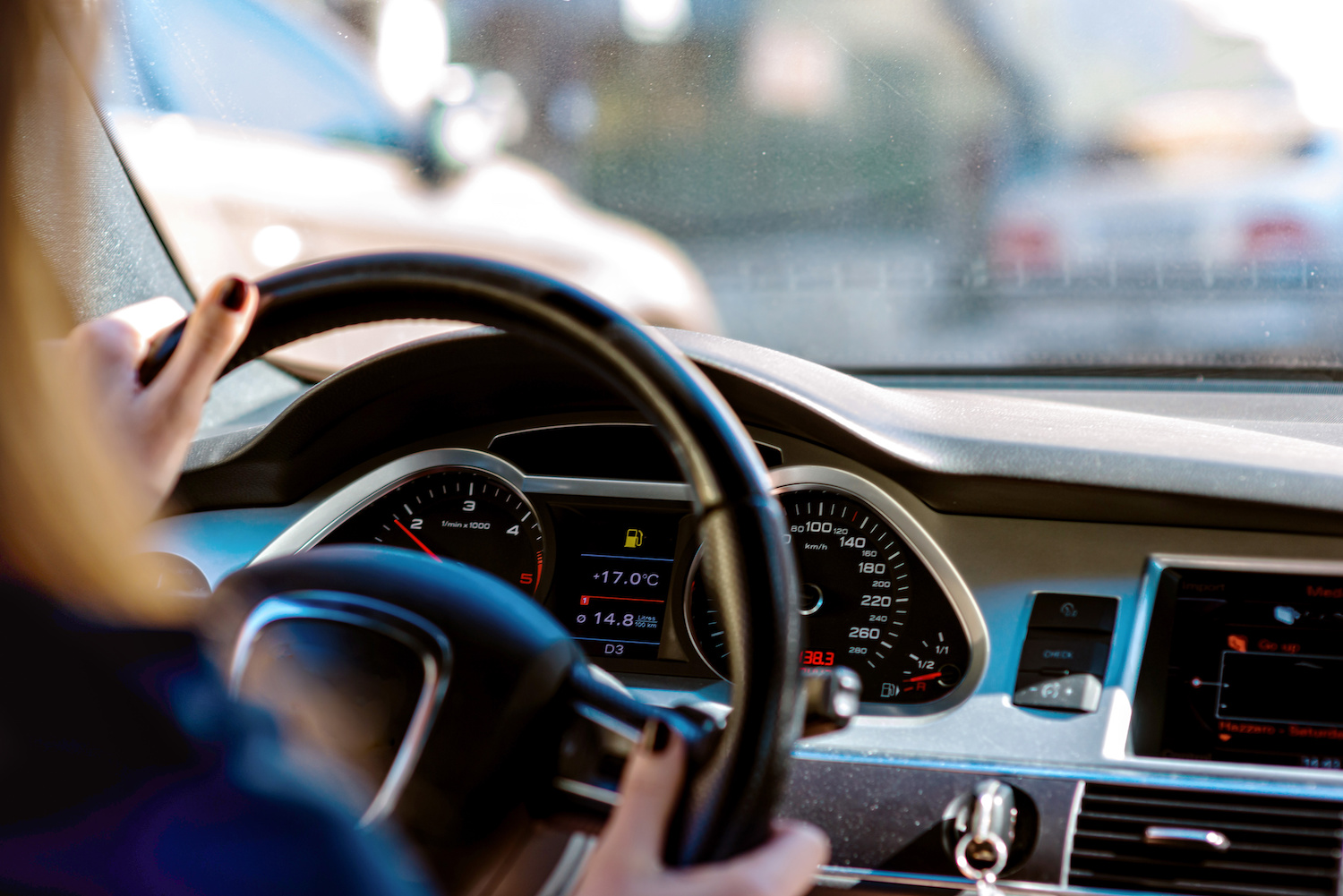
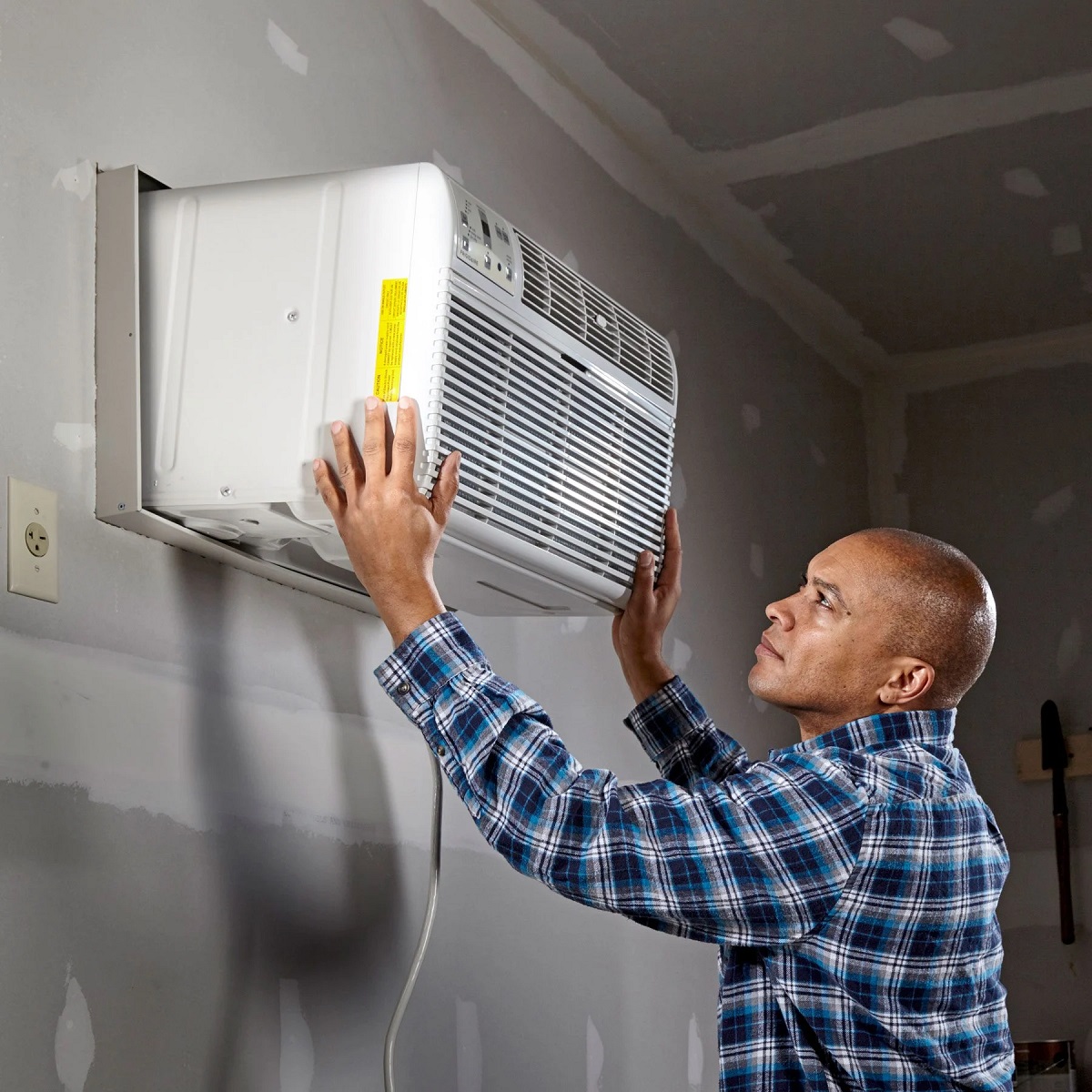
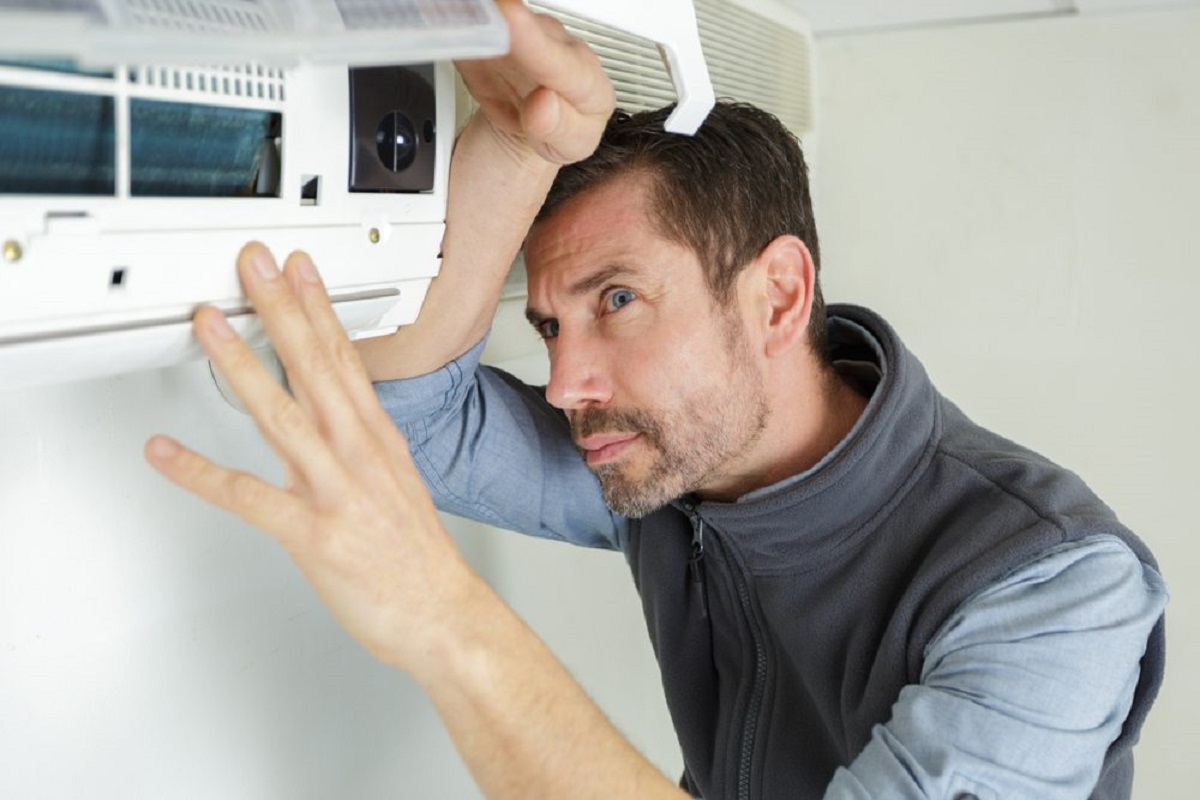

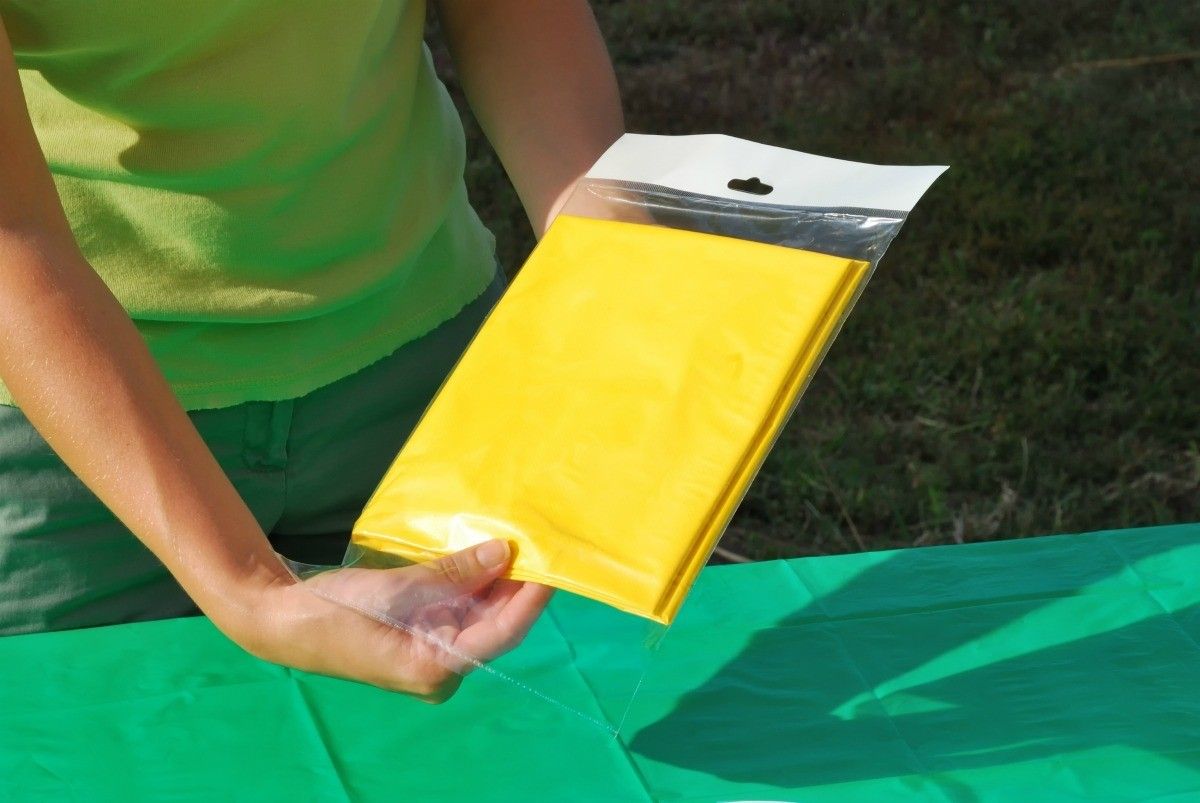
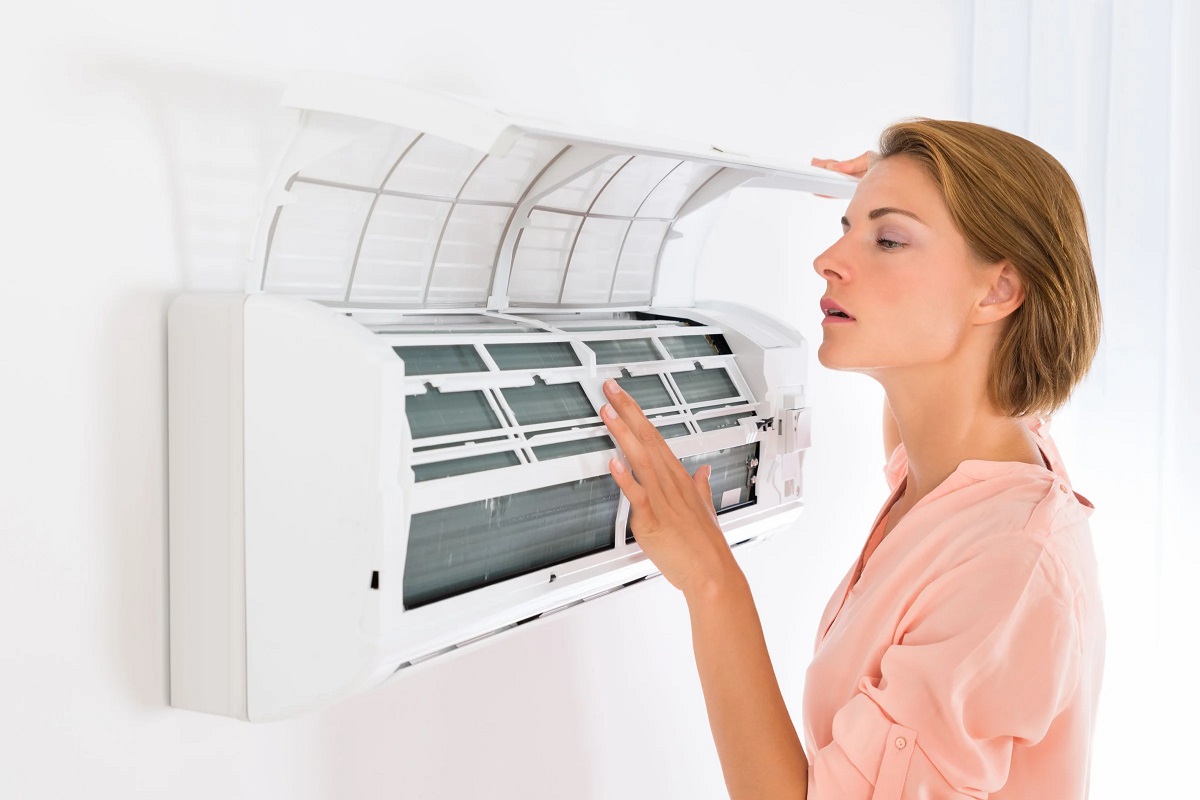
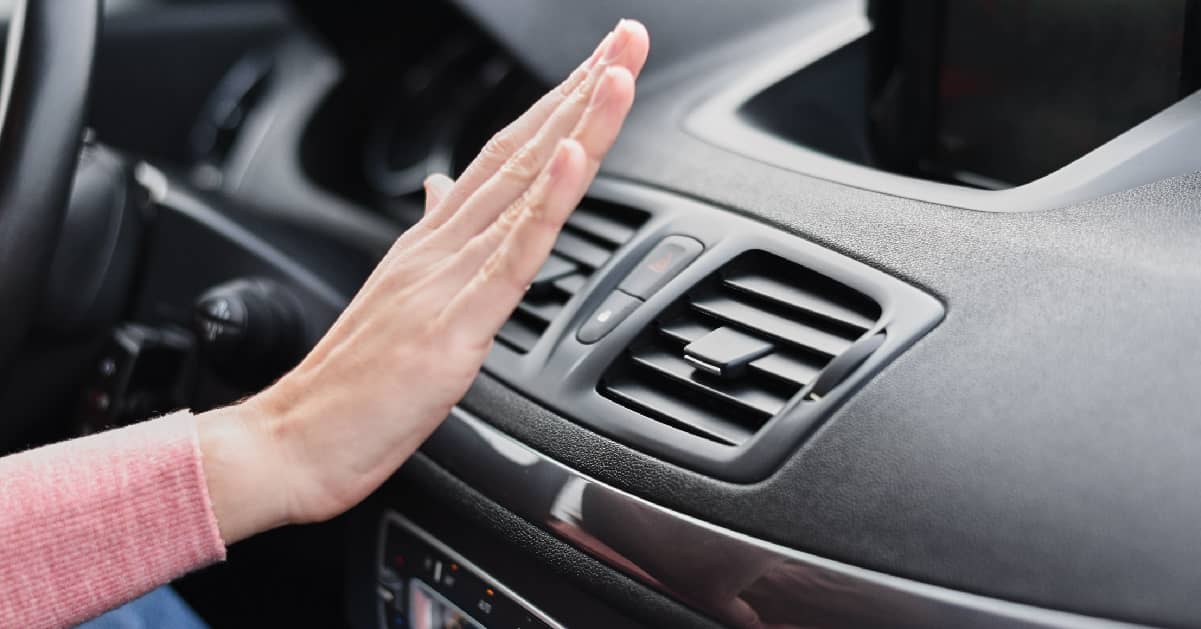
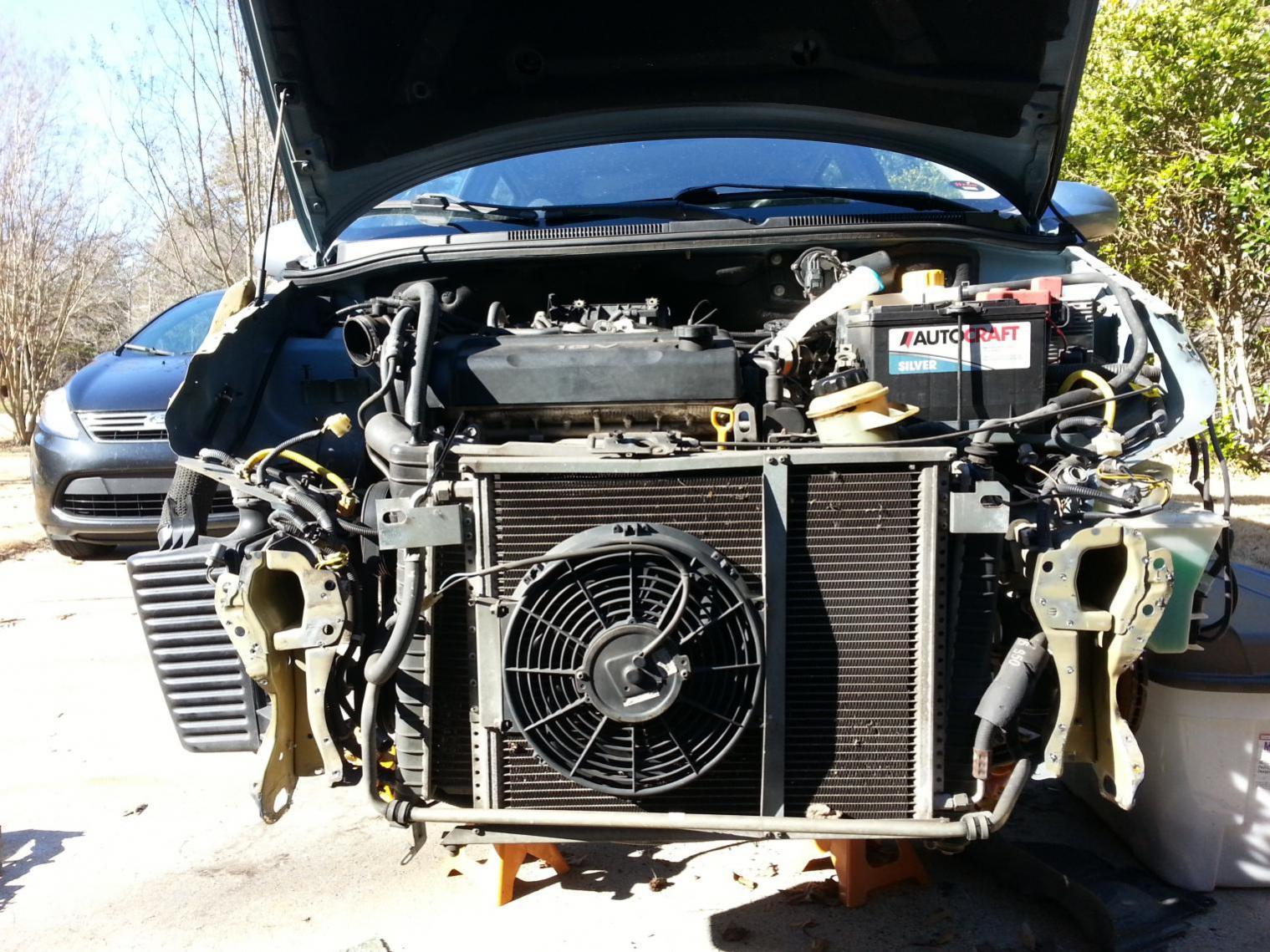
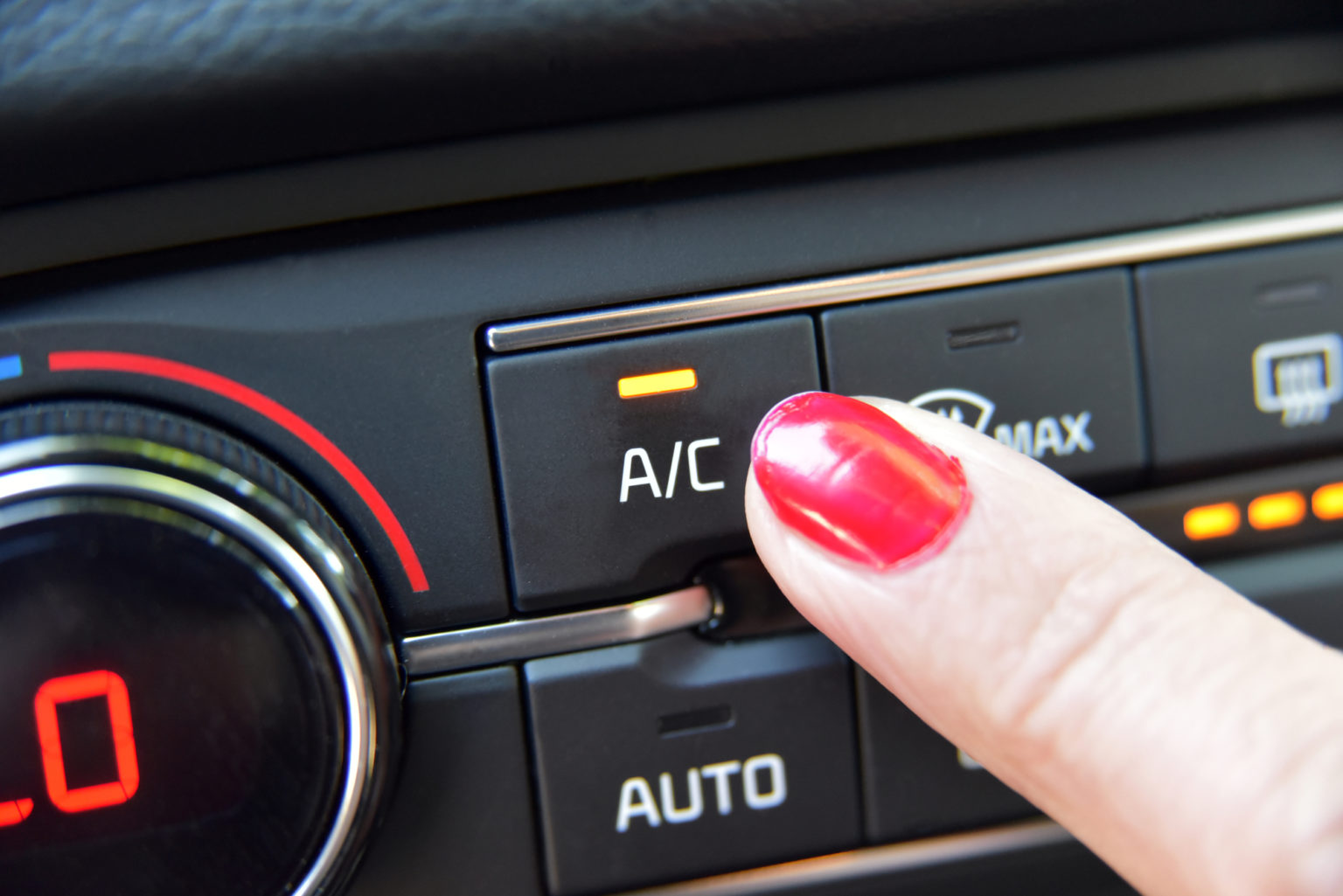


0 thoughts on “What To Set AC To When Away”